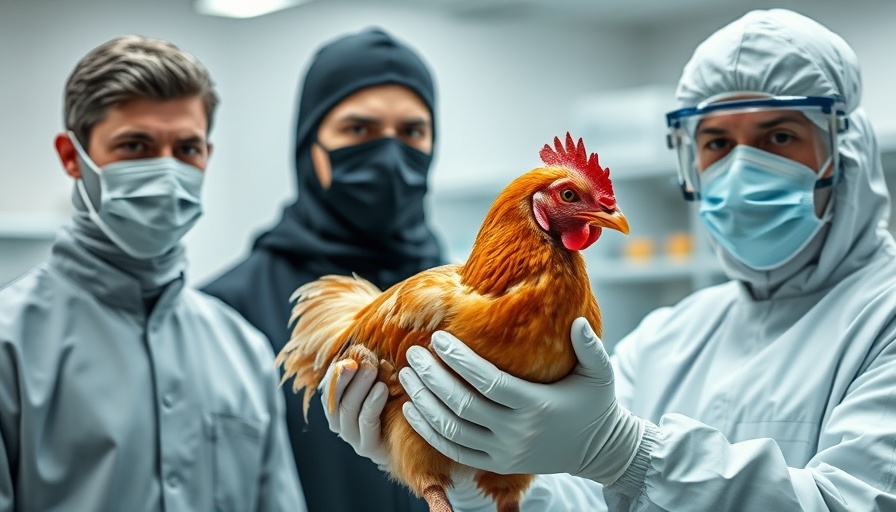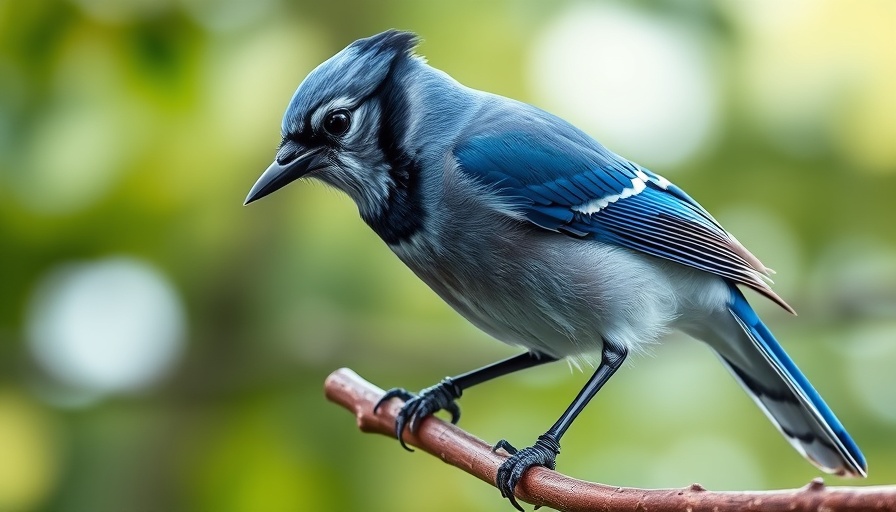
Rising Alarm Over Bird Flu: A Potentially Unseen Threat
The recent warnings from health officials about the escalating risks associated with bird flu have raised concerns about the virus’s potential to trigger the next pandemic. As the relevance of avian influenza grows, especially after a spike in infections worldwide, officials are urging heightened vigilance and preparedness.
Understanding the Nature of Bird Flu
Bird flu, predominantly affecting birds, has sporadically jumped to humans, leading to severe health complications, and this is where the alarm bells begin to ring. Recent mutations of the H5N1 virus have shown a concerning trend towards increased transmissibility, raising fears among public health experts. Various strains can impact humans and poultry, each having the potential to adapt and become even more virulent.
Historical Context: Lessons from Past Pandemics
Historically, pandemics like the Spanish Flu and the more recent COVID-19 have demonstrated how quickly and devastatingly viral infections can spread globally. The World Health Organization emphasizes the need for an integrated approach to surveillance and readiness, looking specifically at zoonotic diseases such as bird flu. Precision in addressing these trends can guide health policies and interventions effectively.
Keeping Communities Safe: Protective Measures
To mitigate the threat of bird flu reaching pandemic levels, health officials recommend proactive measures. Awareness and transparency around flu outbreaks in bird populations are crucial. Governments are urged to enhance vaccination strategies for poultry and develop antiviral treatments that could help protect members of the public who encounter infected birds.
Future Predictions: Preparing for the Unknown
The anthropogenic changes, such as habitat destruction, could exacerbate the spread of avian influences, altering migration patterns and increasing contact between wildlife and domestic birds. Public health experts predict that if these trends continue unchecked, we may see more frequent cross-species transmissions and outbreaks. Enhanced monitoring systems can help catch potential outbreaks before they escalate.
As we enhance our vigilance around bird flu and similar zoonotic diseases, communities must remain informed and prepared. The specter of a new pandemic is not merely a matter of concern; it's a call to action for global health authorities and community leaders alike. A proactive response could mean the difference between a contained incident and a widespread crisis.
 Add Row
Add Row  Add
Add 




Write A Comment